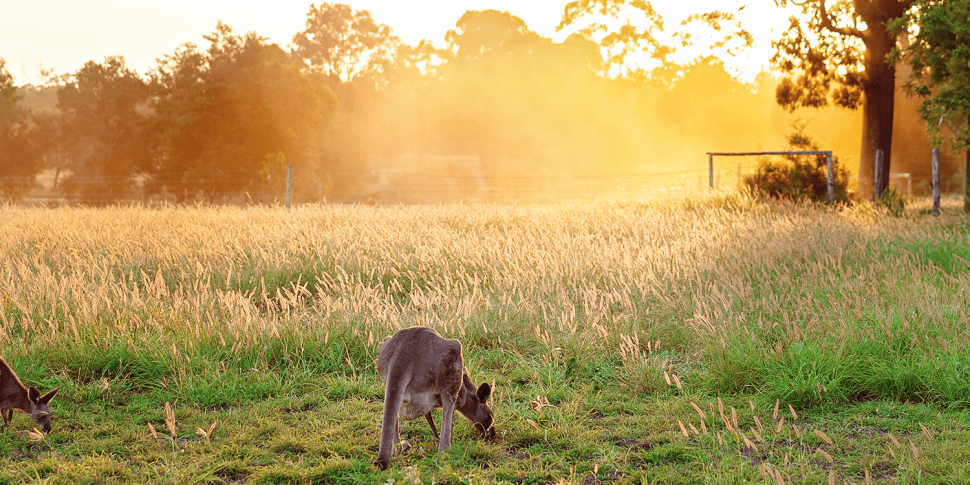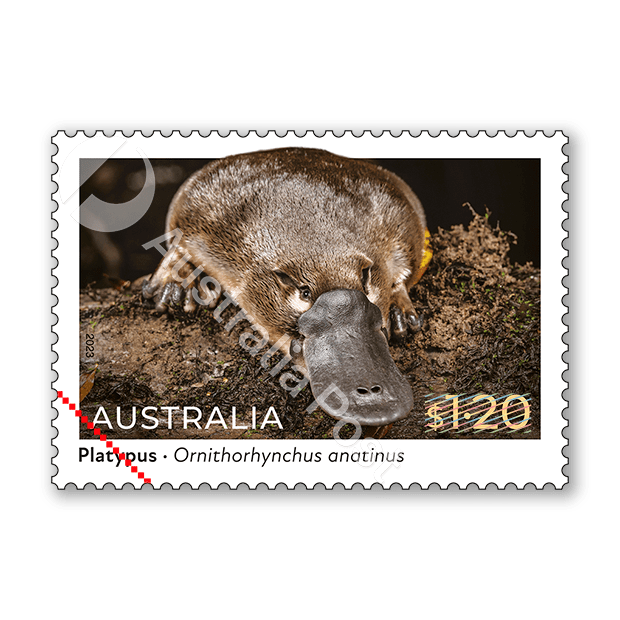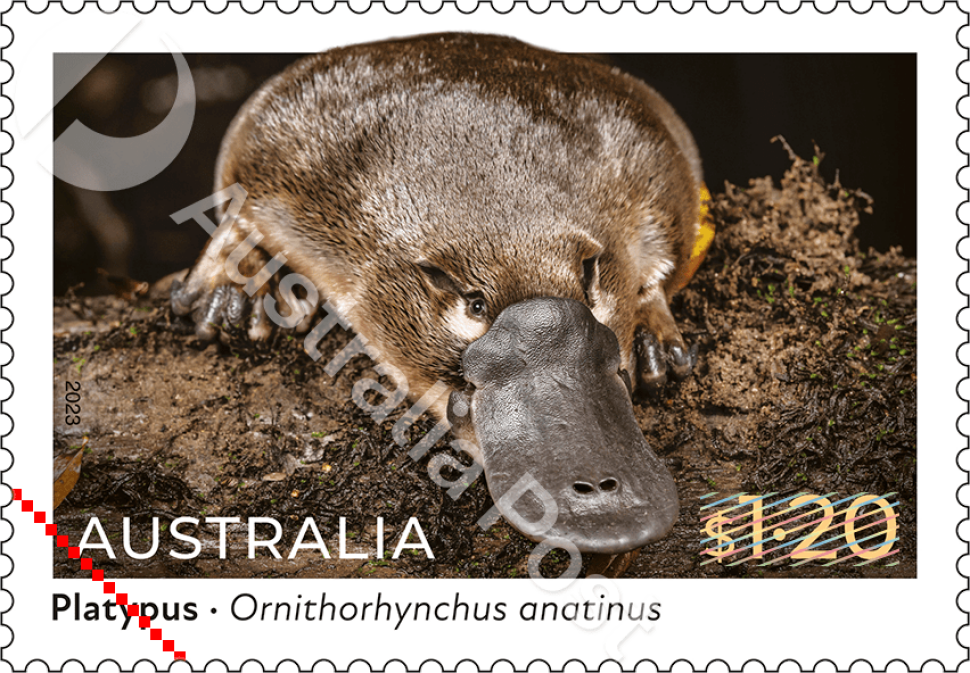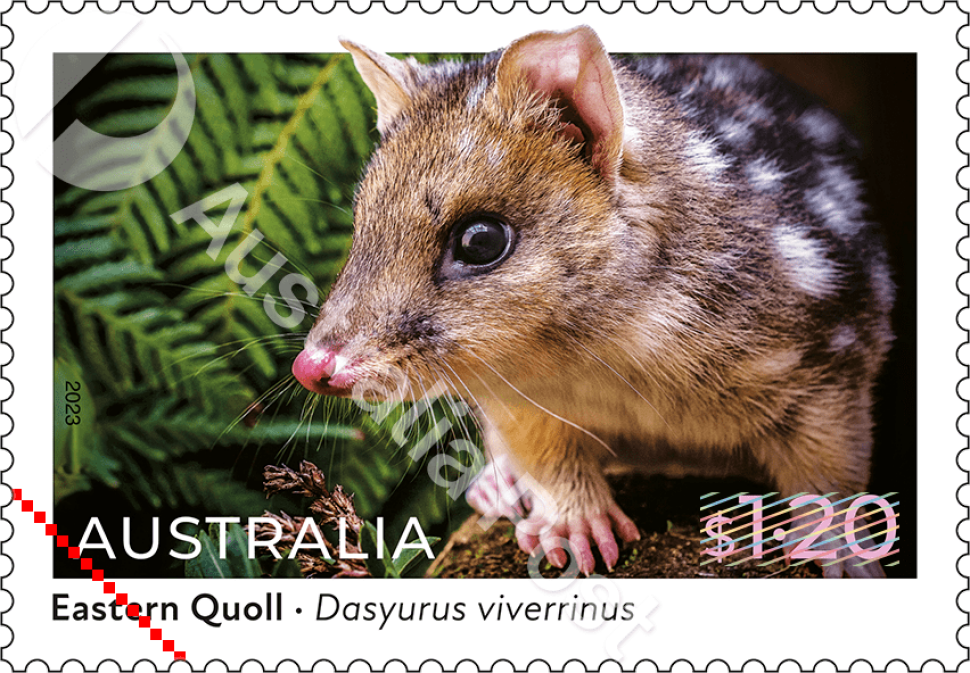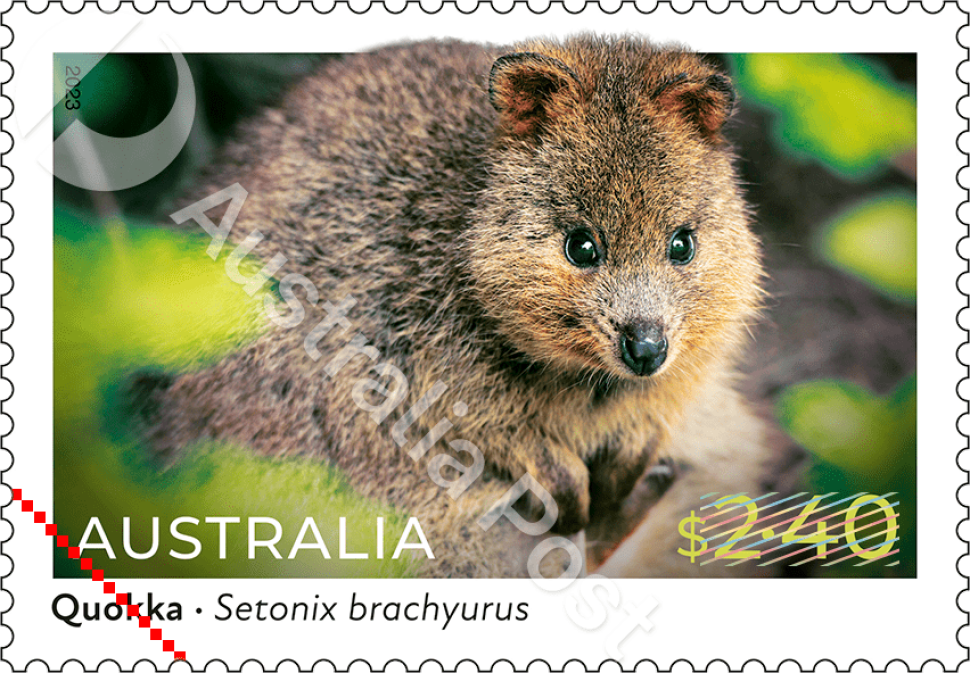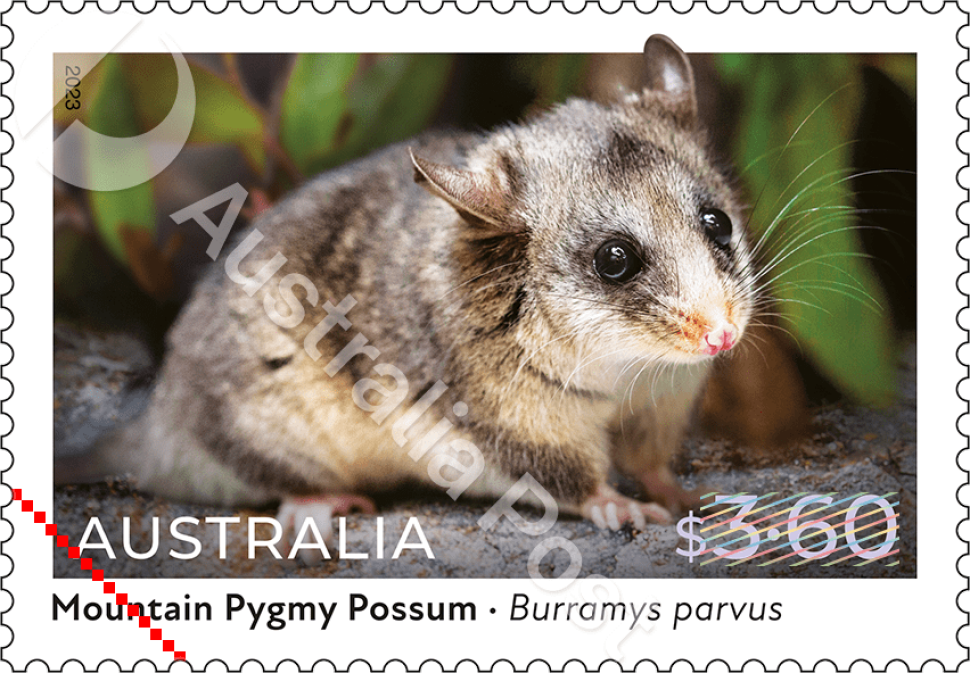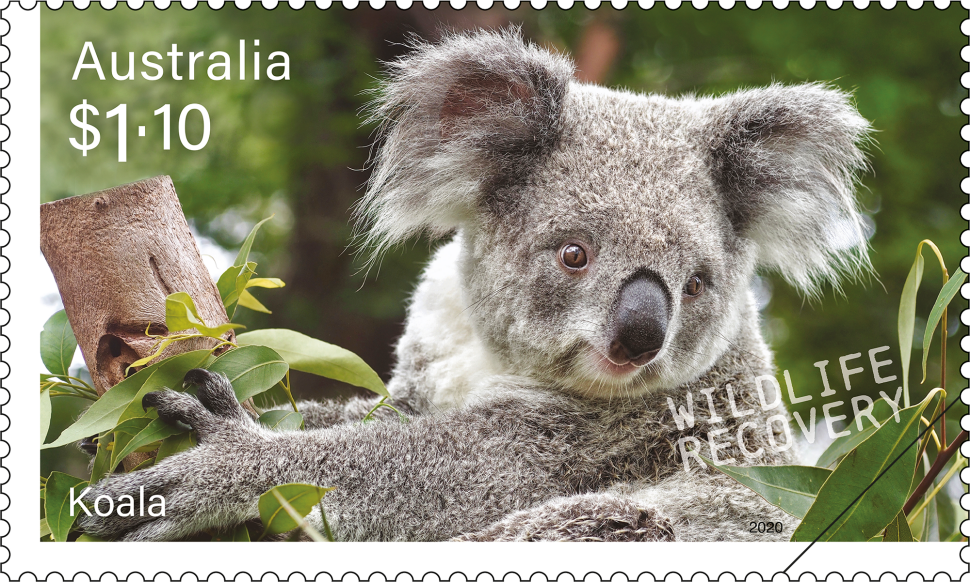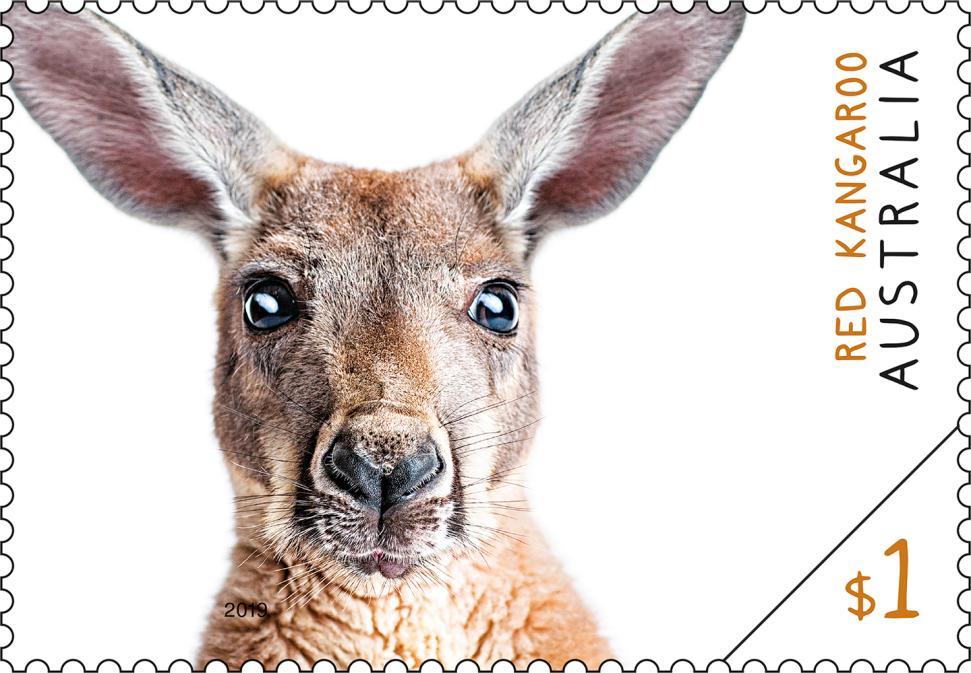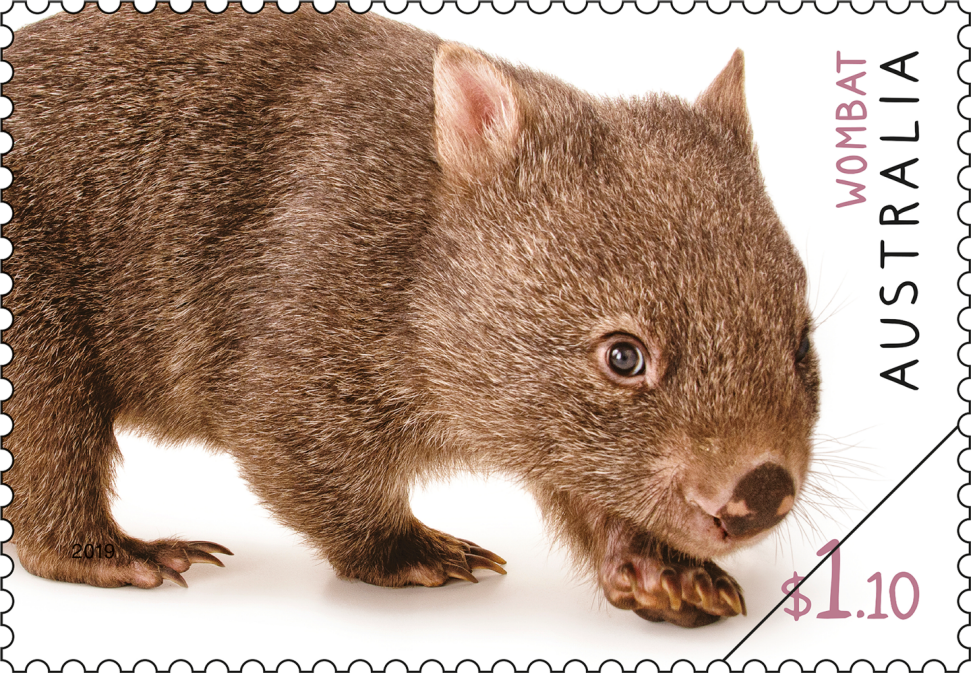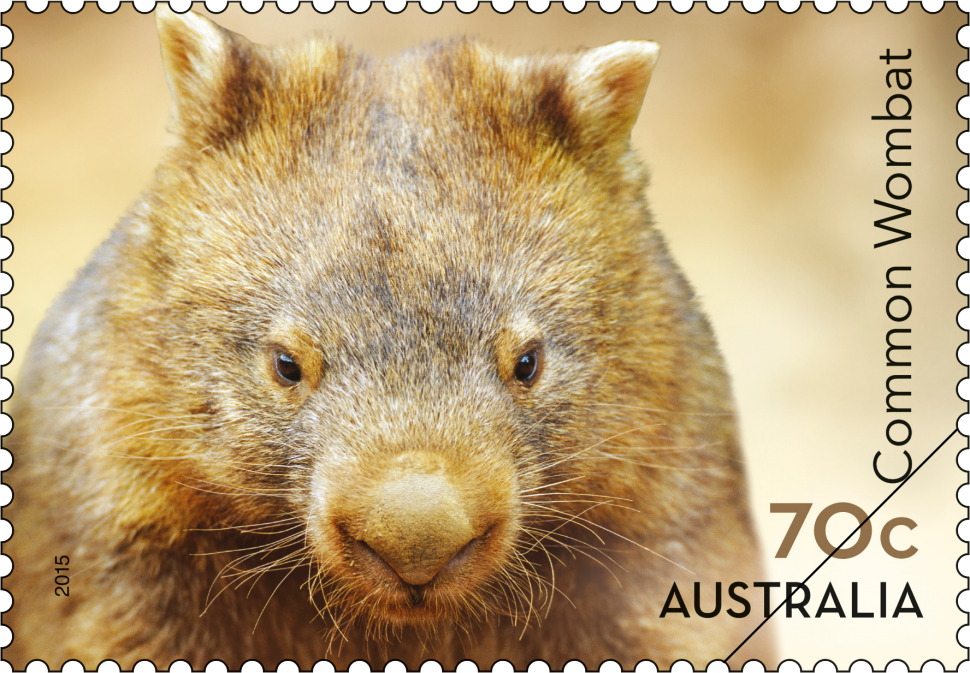Overview
Australia is home to a rich and diverse range of native animals, including around two-thirds of the more than 330 marsupial species that occur worldwide. This stamp issue features three marsupial species and one monotreme (egg-laying mammal), all of which are endemic to Australia and listed on the International Union for Conservation of Nature (IUCN) Red List.
Technical specifications
- Issue date
- 19 December 2022
- Issue withdrawal date
- tba
- Denomination
- $1.20 x 2, $2.40 x 1, $3.60 x 1
- Stamp design
- Jason Watts, Australia Post Design Studio
- Product design
- Jason Watts, Australia Post Design Studio
- Paper: gummed
- Tullis Russell 104gsm Red Phosphor/Blue PVA Stamp Paper
- Paper: self-adhesive booklets
- Securpost MC 90/C-Print 100/P10P
- Paper: rolls
- Raflacoat RP51 WG 65
- Printer
- RA Printing
- Printer: rolls
- Rapid Labels
- Printing process
- Offset lithography
- Printing process: rolls
- Inkjet 1200 dpi
- Stamp size (mm)
- 37.5 x 26
- Perforations
- 13.86 x 14.6
- Sheet layout
- Module of 50 (no design)
- Sheet layout: rolls
- Matt Overprintable Varnish
- FDI postmark
- Canberra ACT 2601
- FDI withdrawal date
- 17 January 2023
$1.20 Platypus (Ornithorhynchus anatinus)
The Platypus is a semi-aquatic mammal that is found in freshwater environments within the eastern states of Australia, including Tasmania, as well as on Kangaroo Island. Its thick brown fur serves as insulation, and its distinctive, skin-covered duck-like bill helps it to detect the electrical fields of its prey. The male Platypus is the only venomous mammal in the world; it possesses a venomous spur on the inside of its hind leg.
Threats to this iconic monotreme include habitat pollution and degradation as well as predation by feral animals. As well as being listed as near threatened on the IUCN Red List, the Platypus is listed as endangered in South Australia and Victoria and there are fears that recent droughts, fires and floods in Queensland and New South Wales have negatively impacted local populations.
The stamp photograph is by: Doug Gimesy/naturepl.com.
$1.20 Eastern Quoll (Dasyurus viverrinus)
The Eastern Quoll is a medium-sized carnivorous marsupial that was once common throughout south-eastern parts of the country, but which suffered from predation by feral cats and the introduced Red Fox. Today, this endangered species occurs naturally in the wild only in Tasmania, though conservation efforts operate on the southern mainland. It prefers dry grasslands and forests where pasture grubs are plentiful.
A nocturnal and solitary animal, and an impressive hunter, the Eastern Quoll sleeps during the day in its nest in an underground burrow under the rocks, or under fallen logs, and then at night scavenges for carrion on the forest floor.
An adult male is about the size of a small domestic cat, averaging 60 centimetres in length; a female is slightly smaller. The Eastern Quoll is distinguished from the larger Spotted-tailed Quoll by the absence of spots on its tail and the presence of only four toes on each hindfoot.
The stamp photograph is by Ashley Thomson.
$2.40 Quokka (Setonix brachyurus)
Listed as vulnerable and restricted to the south-west region of Western Australia, including Rottnest and Bald Islands, the Quokka can climb trees in search of food such as acacia leaves, although this plant-eating species prefers succulents from areas recently burned.
Steps taken to control fox numbers have led to population numbers on the mainland improving. The Quokka population on Rottnest Island fairs much better as the island is fox free. Human impact has also influenced numbers through land clearing, and controlled burns before the bushfire season.
Mostly active at night, the Quokka will either feed alone or as part of a small band. It can survive for extended periods without food or water, sheltering in dense vegetation during the day, creating a network of trails for feeding or escaping predators. The Quokka is known to suffer from muscular dystrophy and studies of the species assist with medical research.
The stamp photograph is by Kevin Schafer/The Image Bank via Getty Images.
$3.60 Mountain Pygmy Possum (Burramys parvus)
The critically endangered Mountain Pygmy Possum is the only surviving species from the genus Burramys and is the only marsupial in the world known to store its food and hibernate. The Mountain Pygmy Possum is adapted to live exclusively in the alpine zone, living above 1,400 metres. Isolated populations are found in a 30-kilometre by eight-kilometre area of the Kosciuszko National Park, between Thredbo and Kerries Ridge, in New South Wales, and the Bogong High Plains and Mt Buller areas of Victoria.
Threats to this species are due to drought and agricultural practices, as well as habitat degradation, climate change and predation by feral animals.
The tail of the Mountain Pygmy Possum accounts for more than half of its 250-millimetre length. When these tiny possums wake from their annual hibernation each spring, they go in search of Bogong Moths and other invertebrates including caterpillars, beetles, spiders and millipedes. Other food sources are seeds and fruits.
The stamp photograph is courtesy Zoos Victoria.
Shop our stamp collectables
Set of stamps:
Set of Native Animals Gummed Stamps
This set of stamps contains all four stamps from the Native Animals stamp issue.

Stamp pack:
Native Animals Stamp Pack
The Native Animals stamp pack contains all four stamps from the stamp issue presented in a high-quality folder.

Booklet of 10:
Booklet of 10x $1.20 Native Animals Stamps
This booklet contains 10 x $1.20 Platypus/Eastern Quoll self-adhesive stamps from the Native Animals stamp issue in a convenient wallet sized booklet.
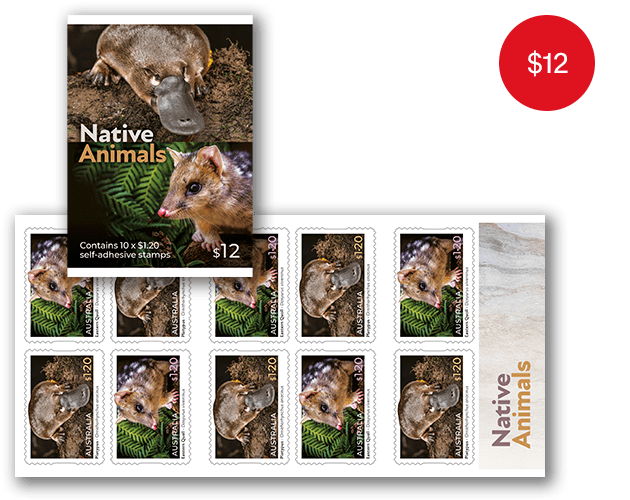
Maxicard set:
Set of Native Animals Maxicards
This maxicard set contains the four maxicards from the Native Animals stamp issue.
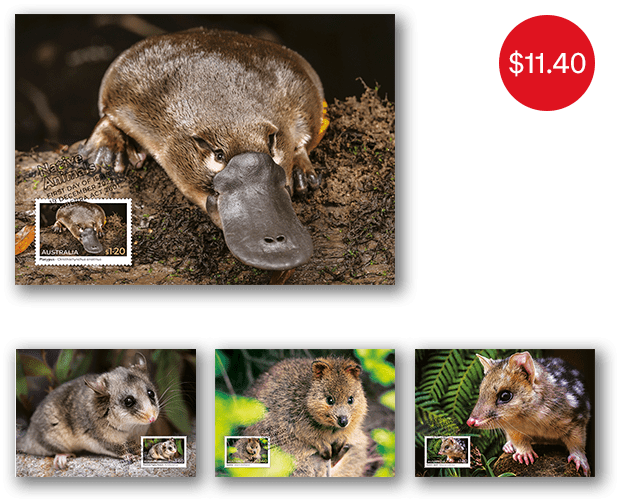
- Set of stamps
- Stamp pack
- Booklet of 10
- Maxicard set
Additional collectables:
- Booklet of 20x $1.20 Native Animals Stamps
- Gutter Strip of 10x $1.20 Platypus Stamps
- Gutter Strip of 10x $1.20 Eastern Quoll Stamps
- Gutter Strip of 10x $2.40 Quokka Stamps
- Gutter Strip of 10x $3.60 Mountain Pygmy Possum Stamps
- Roll of 100 Native Animals Stamps
- Strip of 2 Native Animals Self-Adhesive Stamps
- Chequebook of 200x $1.20 Native Animals Stamps
- Chequebook of 400x $1.20 Native Animals Stamps
- Pictorial Envelope for the Native Animals Stamp Issue
- Native Animals First Day Cover (Gummed Stamps)
- Native Animals First Day Cover (Self-Adhesive Stamps)
This content was produced at the time of the stamp issue release date and will not be updated.
